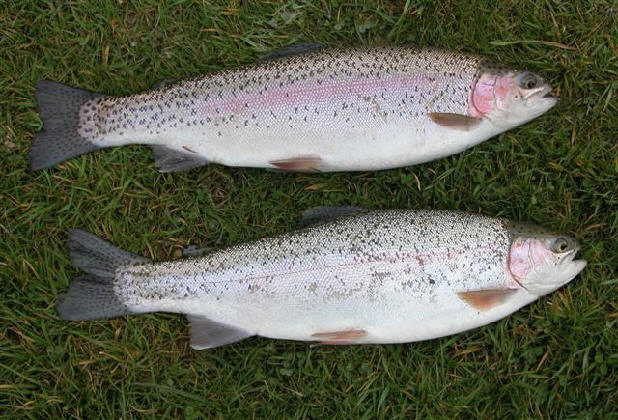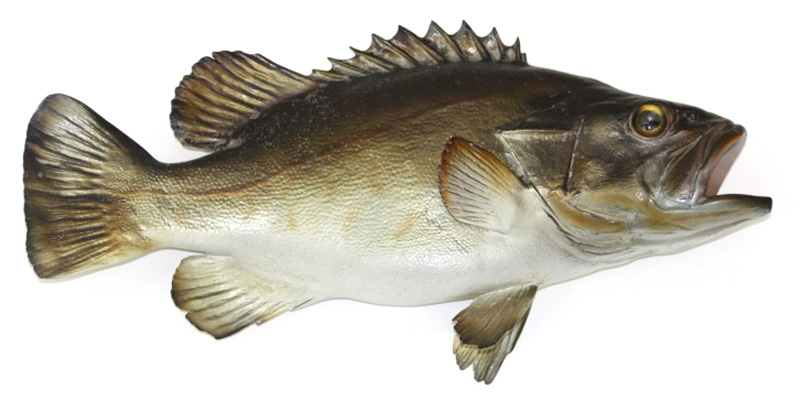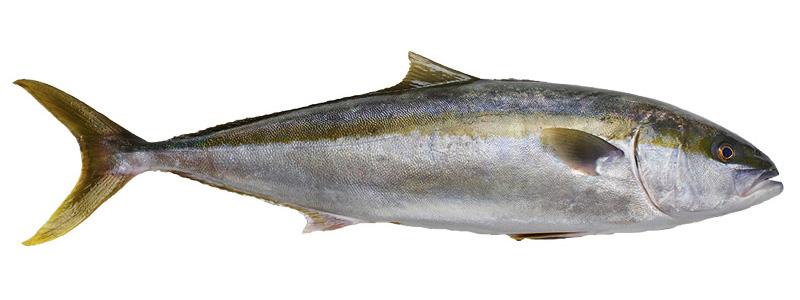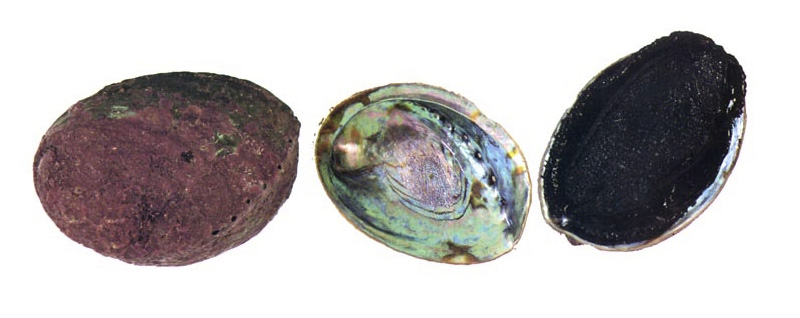Modelled Species
The economic models presented on this site are based on the use of recirculating aquaculture systems (RAS).

Trout is #1 on the NZ Top 10 Species with the most commercial potential.
While more capital intensive to establish - NPFL decided to focus on this technology for the following reasons:
- Aquatic animals grow best in optimal temperatures and stable environments.
- RAS technology allows low cost temperature control (usually cooling)
- RAS allows careful management of water quality in the rearing environment
- RAS affords good biosecurity management and protection from disease (it’s essentially a quarantine system)
- Fish performance - growth rate, feed conversion (FCR) and survival can be better in RAS systems
- RAS systems minimise the waste stream to the environment making them a very sustainable form of aquaculture
- Built on private land they are more socially acceptable than farming on public waterways
- RAS allows very high stocking densities
- RAS minimises the farm footprint
Species
Our choice of species to investigate further through modelling is based on the following selection criteria:
- Enough is known of the biology and growth rates under culture conditions to realistically calculate potential yields over time.
- The species has a recognised market presence and are consumed worldwide.
- The species are recognised as high quality, high value food products.
- There are suppliers to the New Zealand aquaculture industry who are able to produce diets suitable for the species and technology to be used.
- There are specialists in New Zealand able to assist with species specific issues.
The six species chosen and a summary of modelling results are shown below.






